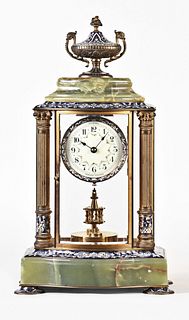In 1902, William Sessions, owner of the Sessions Foundry Company in Connecticut, along with his nephew A.L. Sessions purchased the majority stake in the struggling newly established clock manufacturer, E.N. Welch Company. The Welsh clock cases were made in Sessions' father's foundry in Bristol, Connecticut, and as a result, William Sessions developed an interest in horology. The firm was renamed the Sessions Clock Company in 1903. All of the components of the clocks were produced by the company under William's management, including the movements, dials, cases, artwork, and castings. Welch-branded parts and supplies were used in the manufacturing of Sessions clocks until the remaining stock of movements, cases, and other materials were exhausted. Due to this, there are transitional antique Session clocks made by Welch/ Sessions that appear to be later combinations of parts, but were in fact sold in this manner.
The company initially produced Welch clocks, such as the oak-cased kitchen timepiece and black mantel timepiece. The label is all collectors need to look at when identifying these clocks. It took several years for the Welch brand to disappear, but it was almost completely gone by 1920. Sessions Clock Company produced its greatest volume of timepieces from 1903 to 1930. A total of 52 models of mechanical clocks were produced by Sessions in this period, including advertising wall clocks for businesses, small and large timepieces with business logos, and various styles of shelf and mantel room clocks. Collectible antique Session clocks from this period are highly sought after. Despite the success of regulators so far, it was evident to Sessions that electric clocks would be the key to the future of horology, which lead to the company's expansion into electric clocks and timers for radios, televisions, and other electronic devices in 1930. Their brass mechanical movements also continued to be manufactured.
In the post-World War II era, many casting companies used the Sessions "W" Model (electric) in their clocks. In the sessions clock model W, the dial bears the inscription "Movement by Sessions". Despite not being a firm that specializes in innovation, a family planning clock called "The Lady" was introduced in the 1950s by the company, which was designed to show a woman's fertile days according to her menstrual cycle. While these antique and vintage Session clocks are highly collectible today, they weren't very popular during the conservative 1950s. As sales began to decline, the name of the company was changed to The Sessions Company in 1956. A change in ownership occurred in the late 1950s, and the company was dissolved in 1969.
Online auction sites occasionally sell Session’s mantle clocks, which are available in a wide variety of styles.
The 8-Day Mantle Clock
The brass mantle clock that Sessions introduced in 1910 contained a cathedral gong and an 8-day movement. The clock face was framed by gilded columns and had a black cast iron case painted or enameled with red faux marble accents. The 8-day mantle clock also came in a variant with chimes, numbered 975. The 9202 8-day clock with a wind-up key was the third variation.
The Unique Mantle Clocks
An alarm clock with a gingerbread design for the kitchen mantel was one of the unique mantle clocks made by Sessions. With a carved oak case and walnut finish, this clock came with a gingerbread design. A gold-embellished musical instrument pattern decorated the glass door. A golden bezel encircles the dial, which has winding key slots. A golden pendulum, Roman numerals, along with black hands decorated the clock.
Browse Bidsquare’s largest selection of collectible Sessions clocks for the best deals.
Looking for auctions near me ? Visit Bidsquare's auction near me page to discover upcoming auctions near you.
 Estimate$50 - $80
Estimate$50 - $80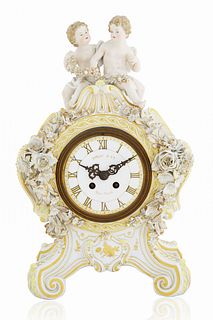 Estimate$2,000 - $3,000
Estimate$2,000 - $3,000 Estimate$1,500 - $2,000
Estimate$1,500 - $2,000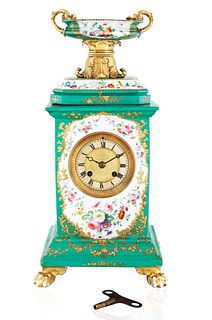 Estimate$1,000 - $2,000
Estimate$1,000 - $2,000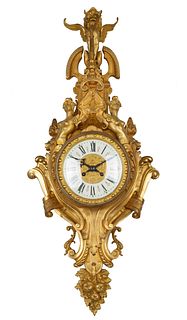 Estimate$1,500 - $2,000
Estimate$1,500 - $2,000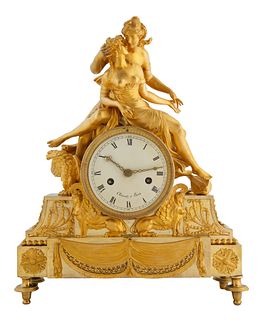 Estimate$4,000 - $6,000
Estimate$4,000 - $6,000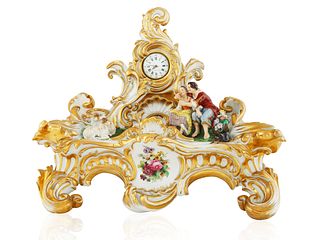 Estimate$32,000 - $37,000
Estimate$32,000 - $37,000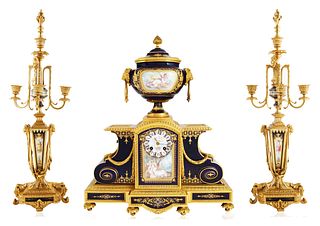 Estimate$12,000 - $15,000
Estimate$12,000 - $15,000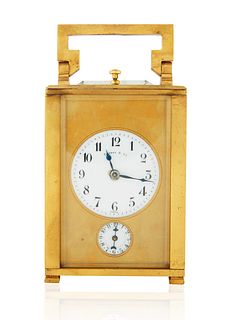 Estimate$2,500 - $3,000
Estimate$2,500 - $3,000


 EUR
EUR CAD
CAD AUD
AUD GBP
GBP MXN
MXN HKD
HKD CNY
CNY MYR
MYR SEK
SEK SGD
SGD CHF
CHF THB
THB




 Live Auction in Progress
Live Auction in Progress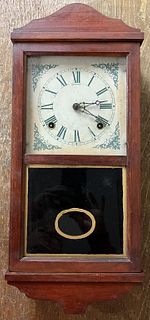


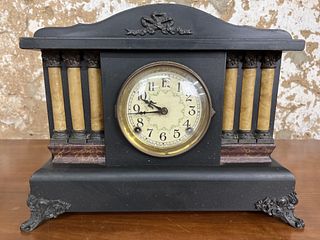

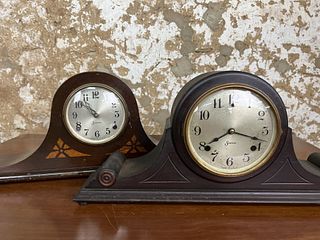
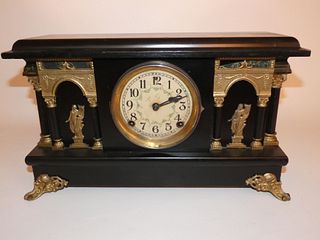
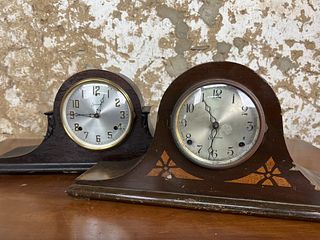
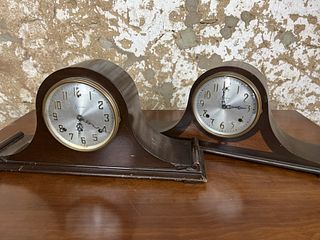
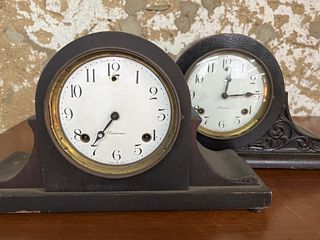
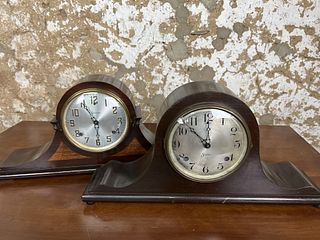
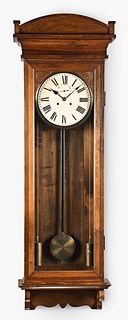

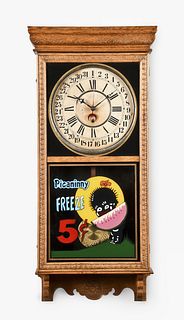


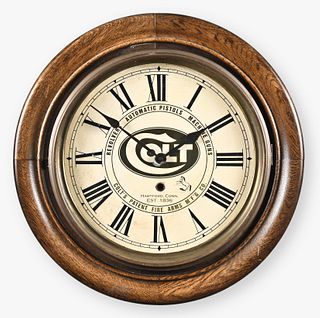
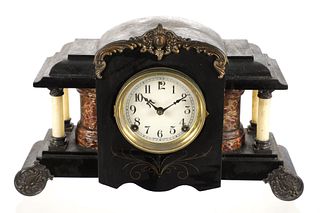
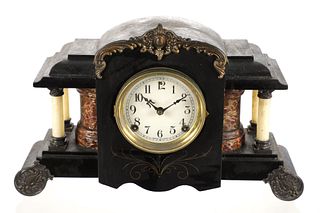
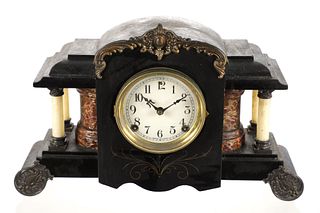
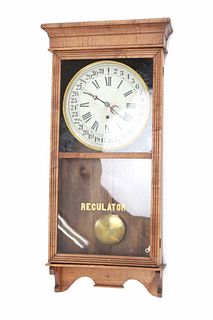
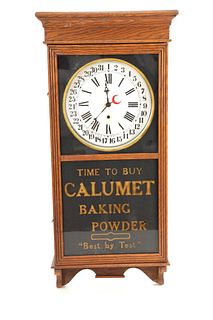

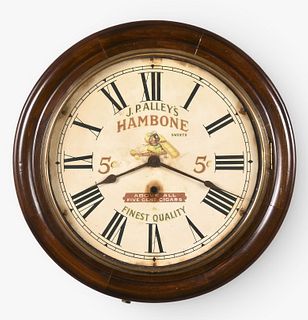
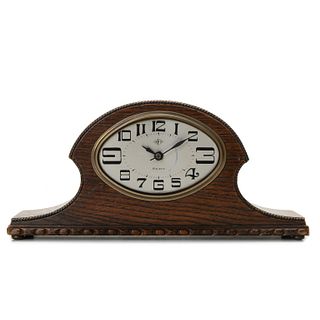
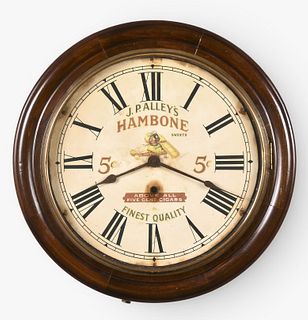
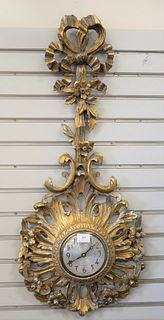

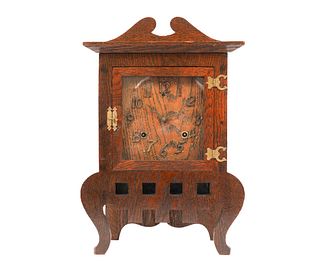


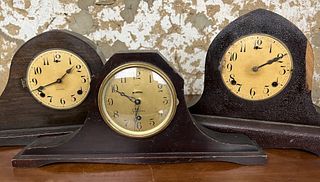
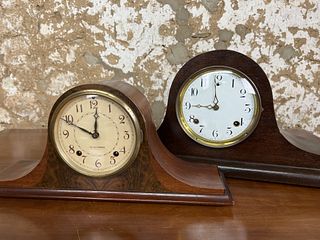
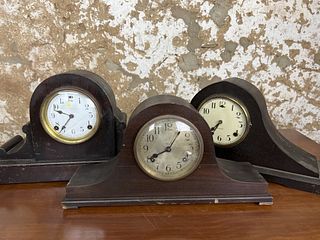
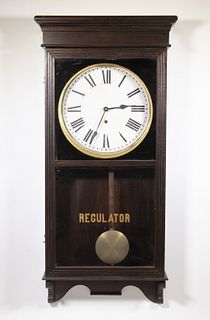
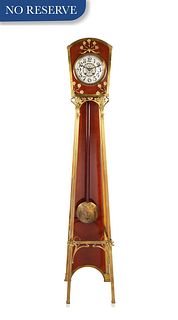
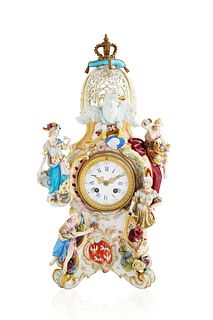
![[MOST LIKELY] FRENCH ORMOLU CLOCK](https://s1.img.bidsquare.com/item/m/9898/9898410.jpeg?t=1MN5aU)
